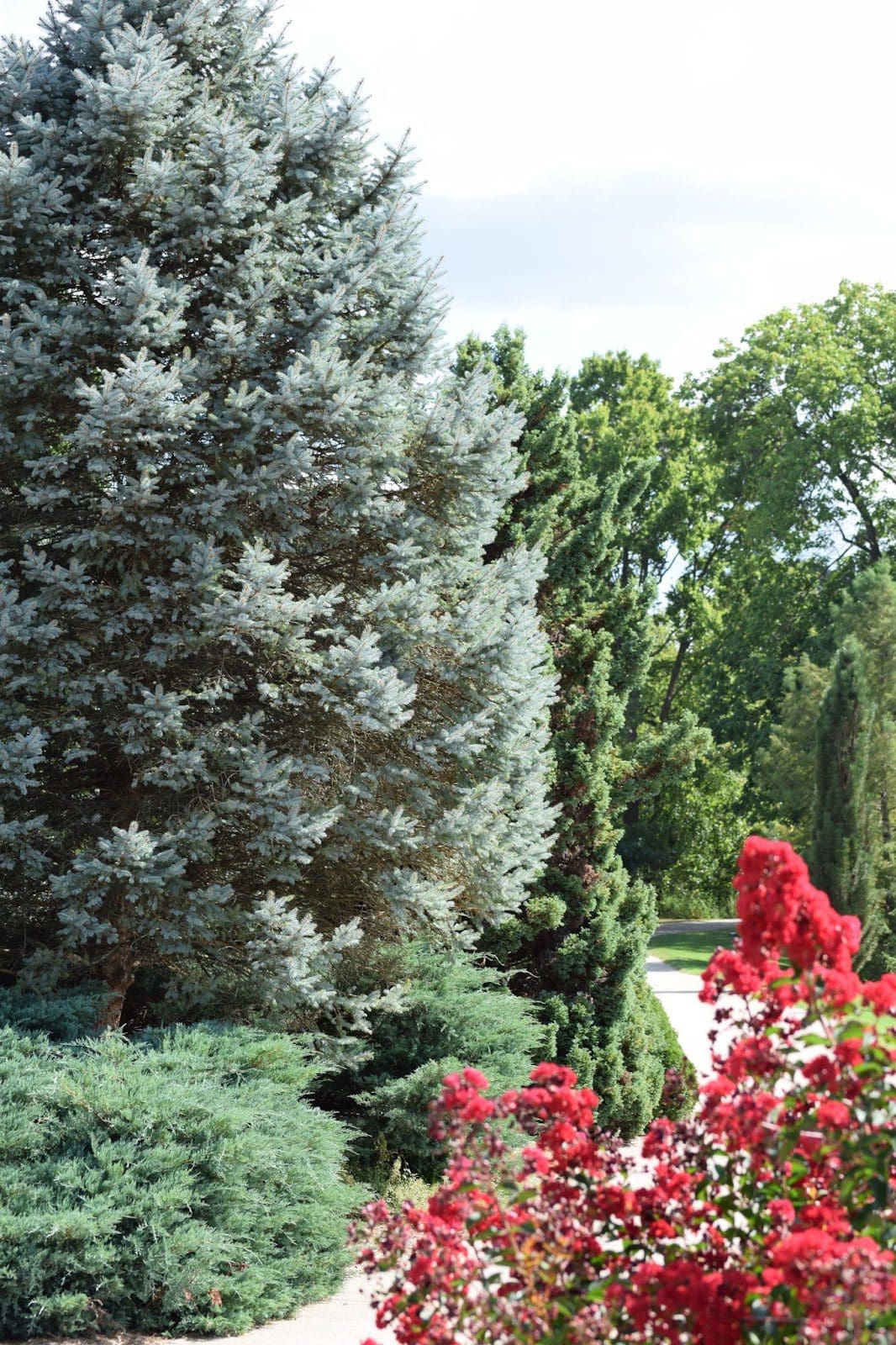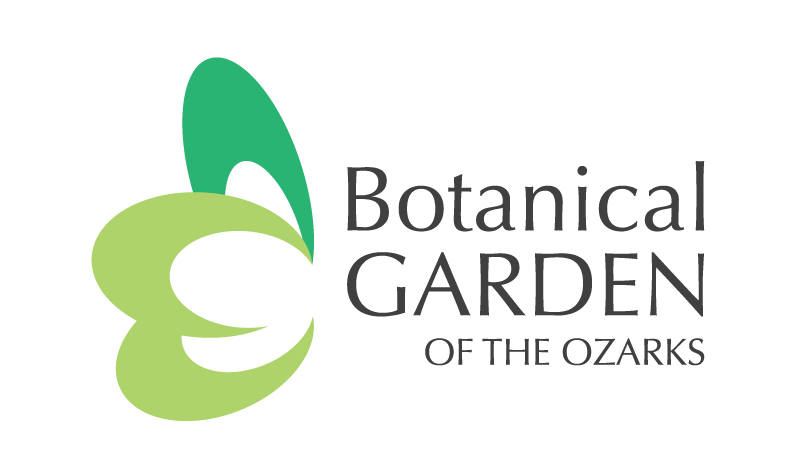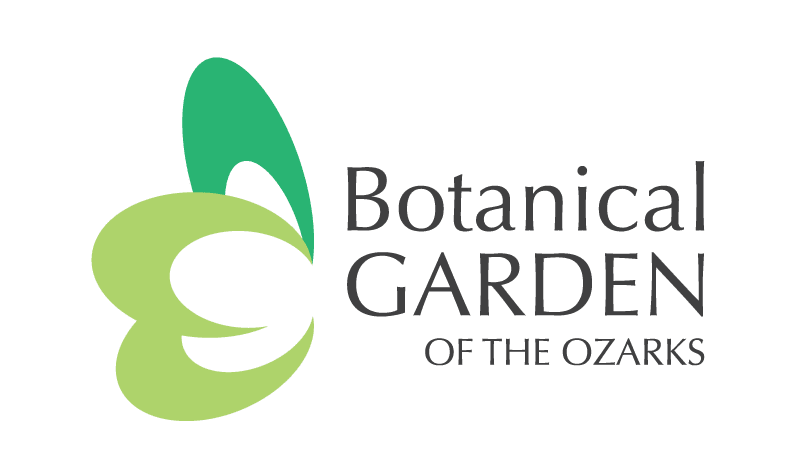Points of
Interest
The Botanical Garden of the Ozarks offers even more than the 12 theme gardens!
Over 20 “points of interest” are scattered around and throughout the grounds intending to intrigue, engage, and educate Garden guests.
Bat House

Beehives

Bioswale & Boardwalk

Boxwood Circle
The Boxwood Circle sits right behind the Four Seasons Garden. This small garden space is encircled in a hedge of assorted boxwood species and cultivars that allow visitors to see firsthand the mature characteristics of these slow-growing shrubs. Gerald Klingaman donated all of the boxwood trees found here, including Southern Boxwoods like Suffruticosa, Variegata, and Green Tower & Littleleaf Boxwoods like Emerald Jewel, Winter Gem, and Green Beauty. Eventually, the BGO horticulture team would like to turn this part of the Garden into a “natural sundial” made up entirely of boxwood trees.

Butterfly House
The Karen Rose Butterfly House & Edith M. Fletcher Pavillion, donated by the Pratt family and friends, is designed to resemble the wings of a butterfly. It is a partially roofed and screened structure that enables our dedicated & knowledgeable butterfly volunteers to share the wonder of metamorphosis with guests of the Garden, to encourage the planting of host and nectar plants that will sustain native butterflies, and to encourage understanding the habitat needed to increase declining butterfly populations. Inside the Butterfly House, you can often spot each stage of a butterfly’s life cycle: egg, caterpillar, chrysalis, and adult butterfly. This metamorphosis of our native butterflies occurs from May to October, with heightened activity in the summer months (July through mid-September). Look for native butterflies like the zebra swallowtail, eastern black swallowtail, pipevine swallowtail, and the monarch.
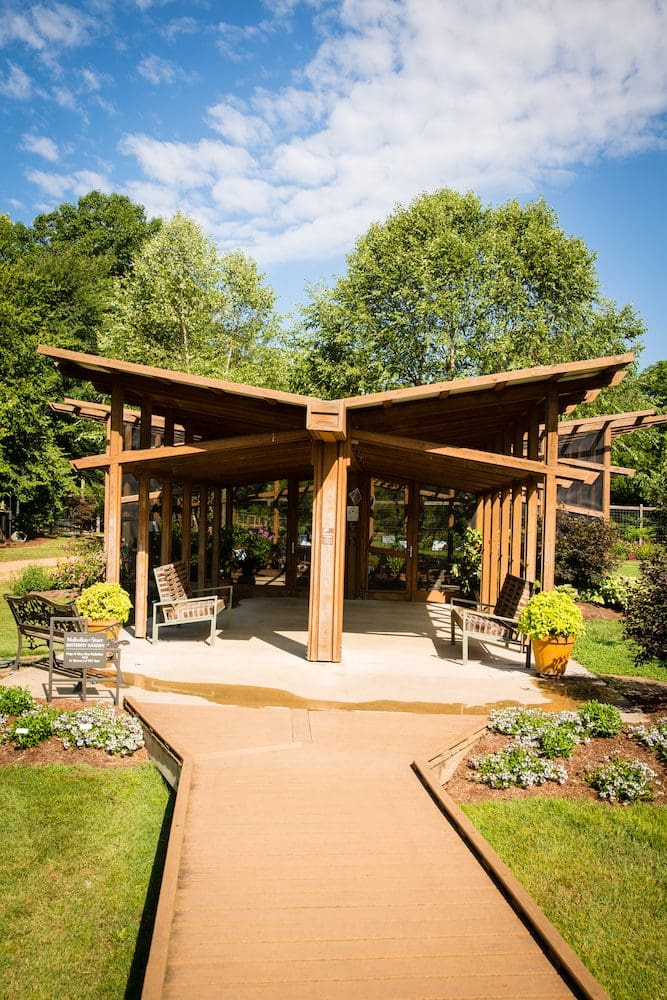
Carl A. Totemeier Horticulture Center
Carl Totemeier was the volunteer Executive Director of the Botanical Garden of the Ozarks from 2001 to 2004. In 2006, the Carl A. Totemeier Horticulture Center was dedicated, with former U.S. Senator Dale Bumpers as the keynote speaker. The large space on the first floor of the building is known as the Totemeier Event Hall. Today, this space is used for private events like parties and weddings, and classes & workshops held indoors. This building also houses public restrooms, the admissions office, and offices for staff.
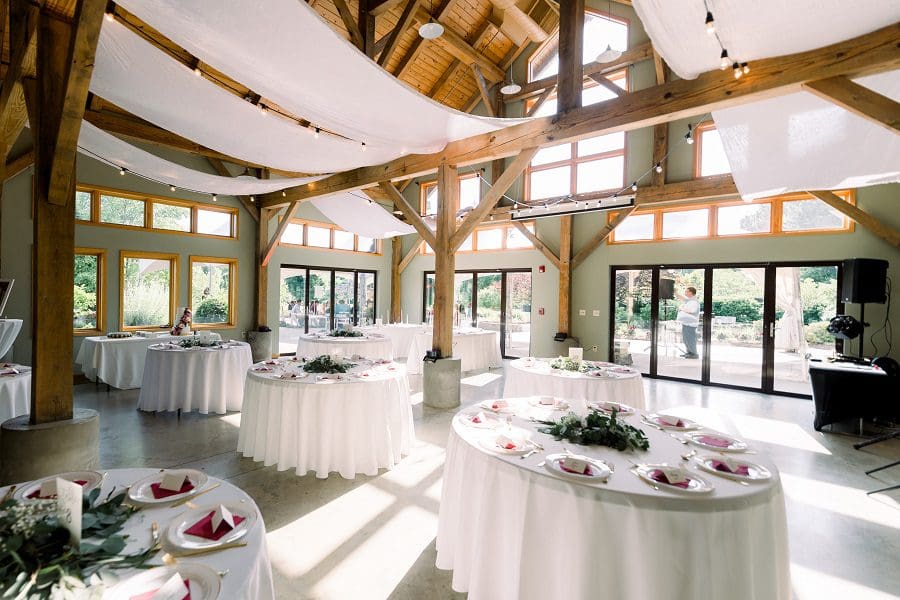
Carnivorous Plant Bog
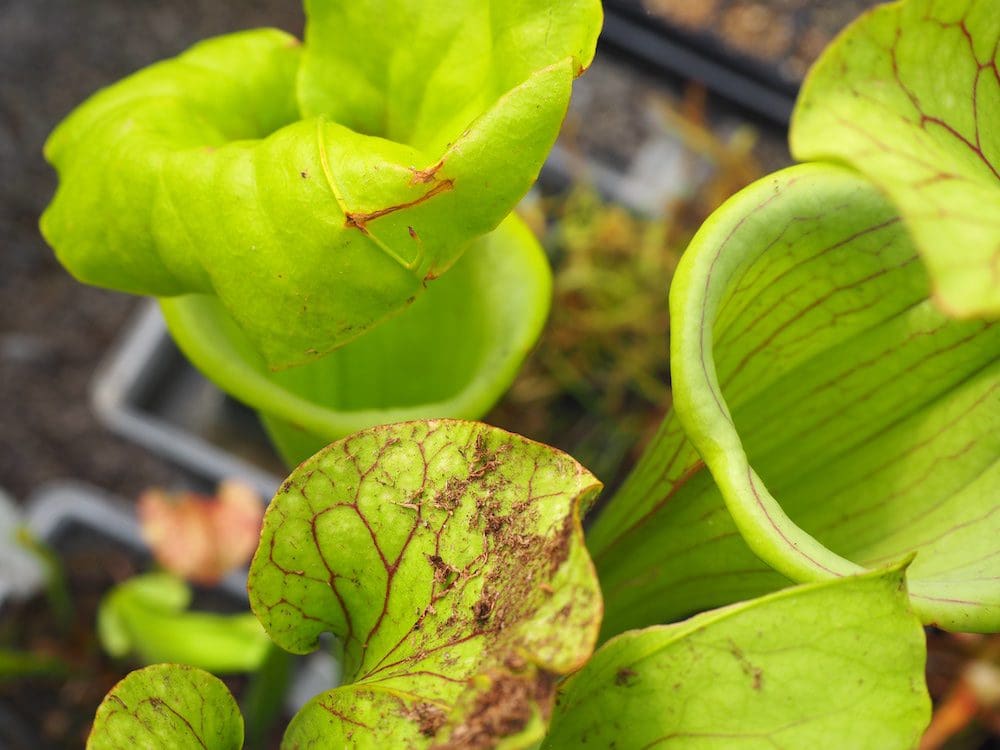
Chicken Coop

Daylily Display Bed

Great Lawn
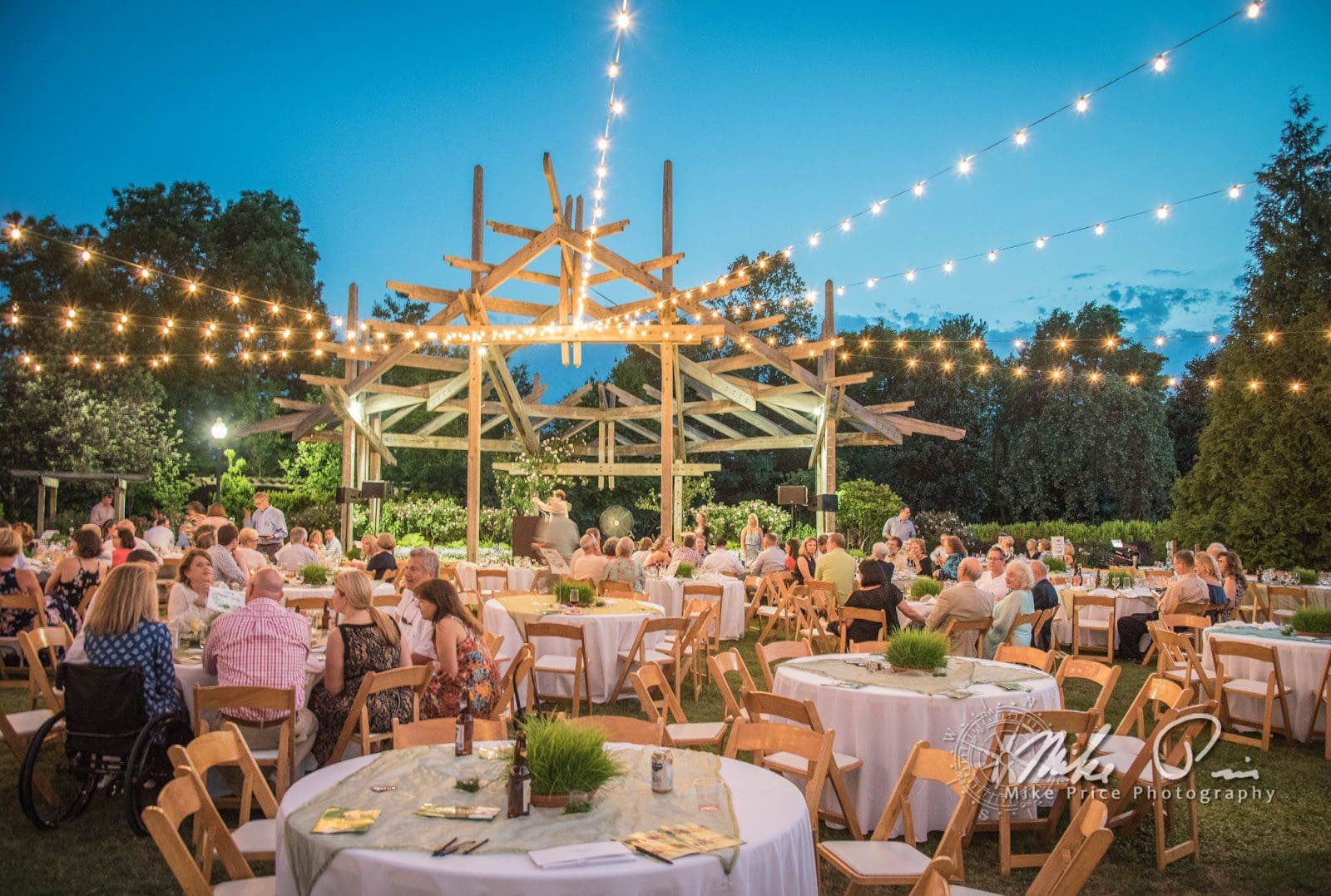
Klingaman Arboretum
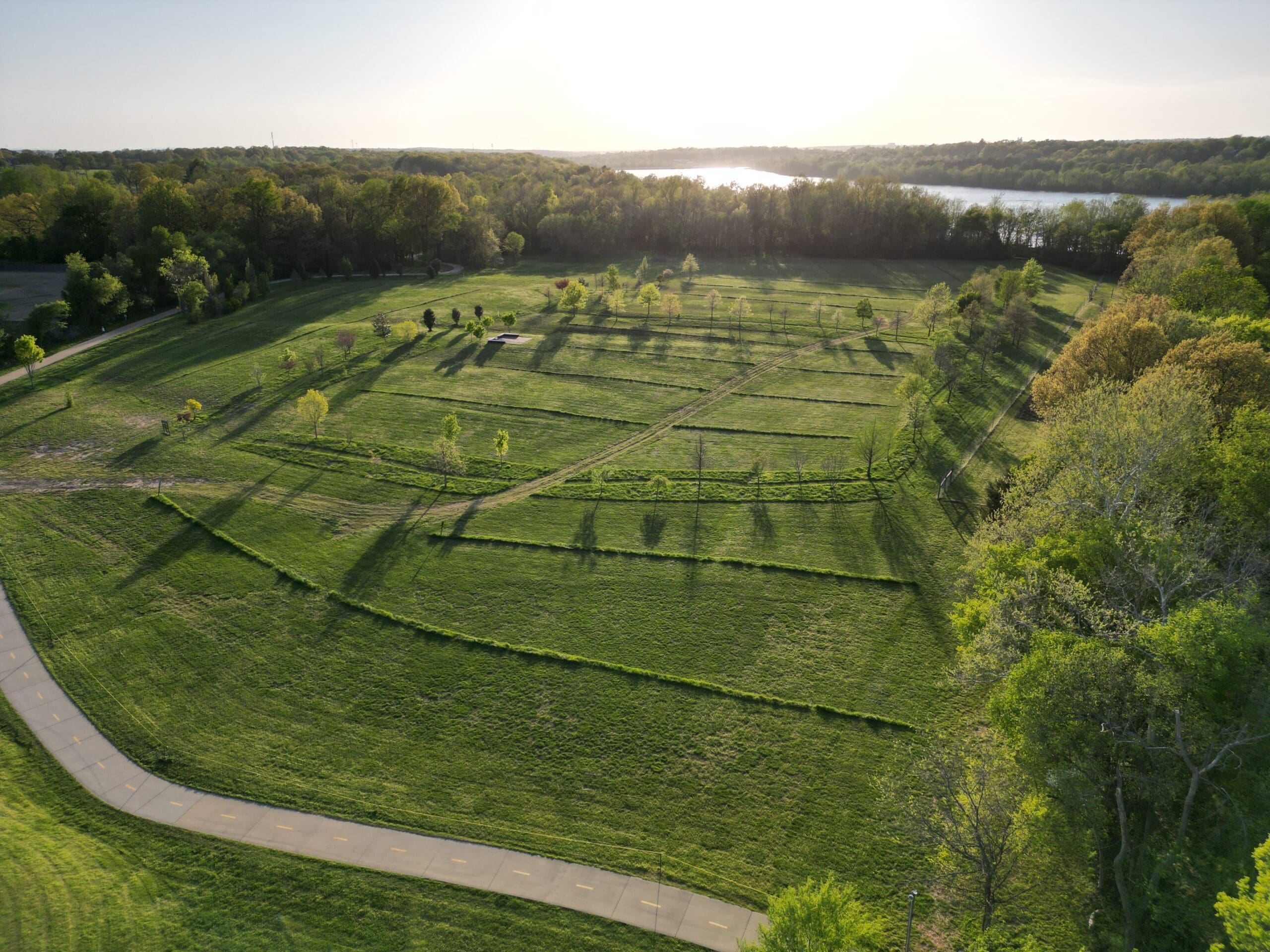
Lakeside Meadow
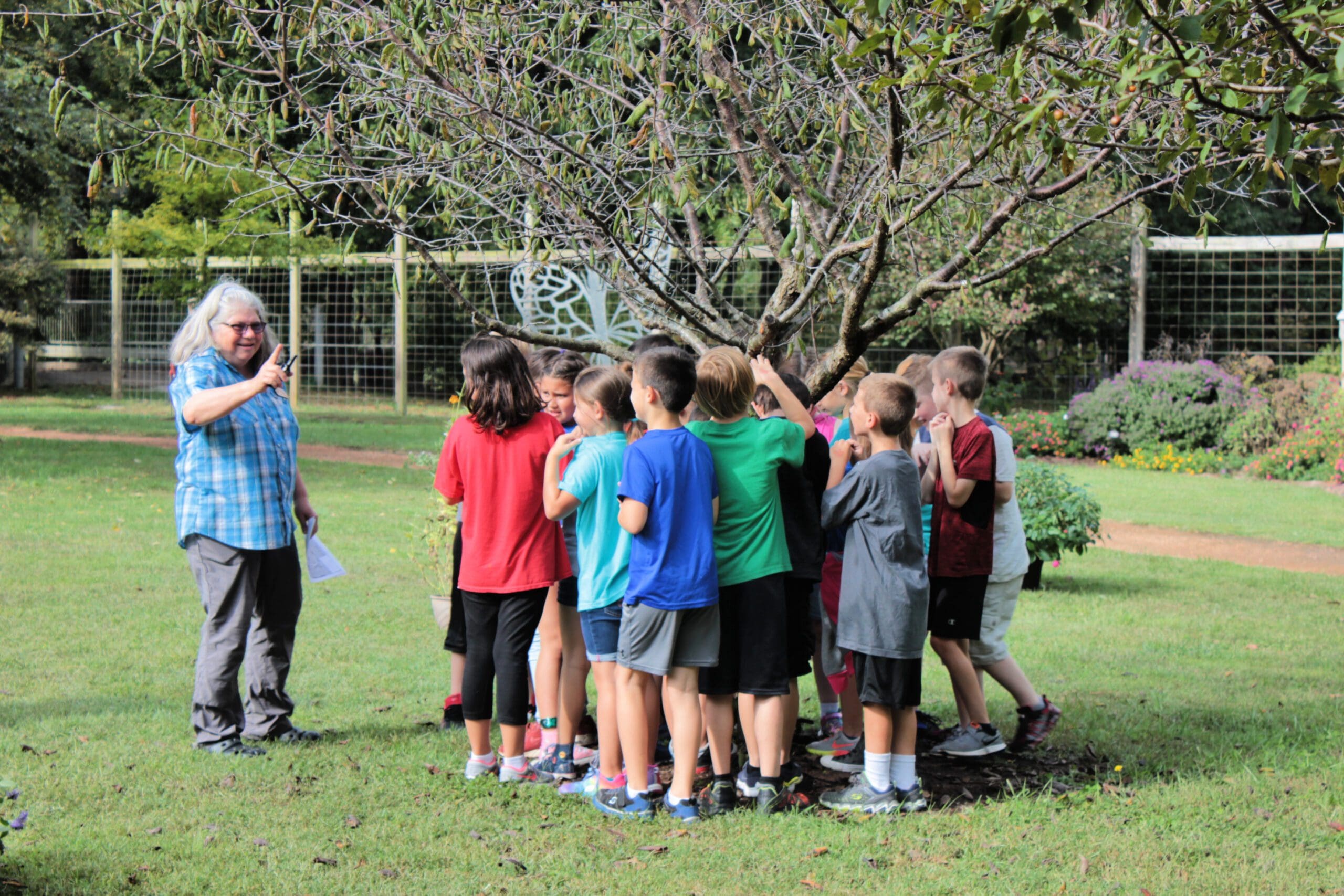
Nooncaster Entry Garden
As the first garden that visitors see, the Nooncaster Entry Garden consists of a mix of trees, shrubs, and flowers that serve to welcome visitors. The colors featured in this garden are intentionally planted to contrast each other, to pop, and to attract guests to venture into the garden gates. While many plants are annuals and are replaced seasonally, there are many staples that stay year-round, like the Barberry shrubs, Hydrangeas, Corniss moss, Weeping Redbud, and the Crabapple tree. This garden was donated in memory of Leslie Nooncaster by her sister and mother. Look for the path lined with empty glass bottles recycled from our signature Chefs in the Garden event.
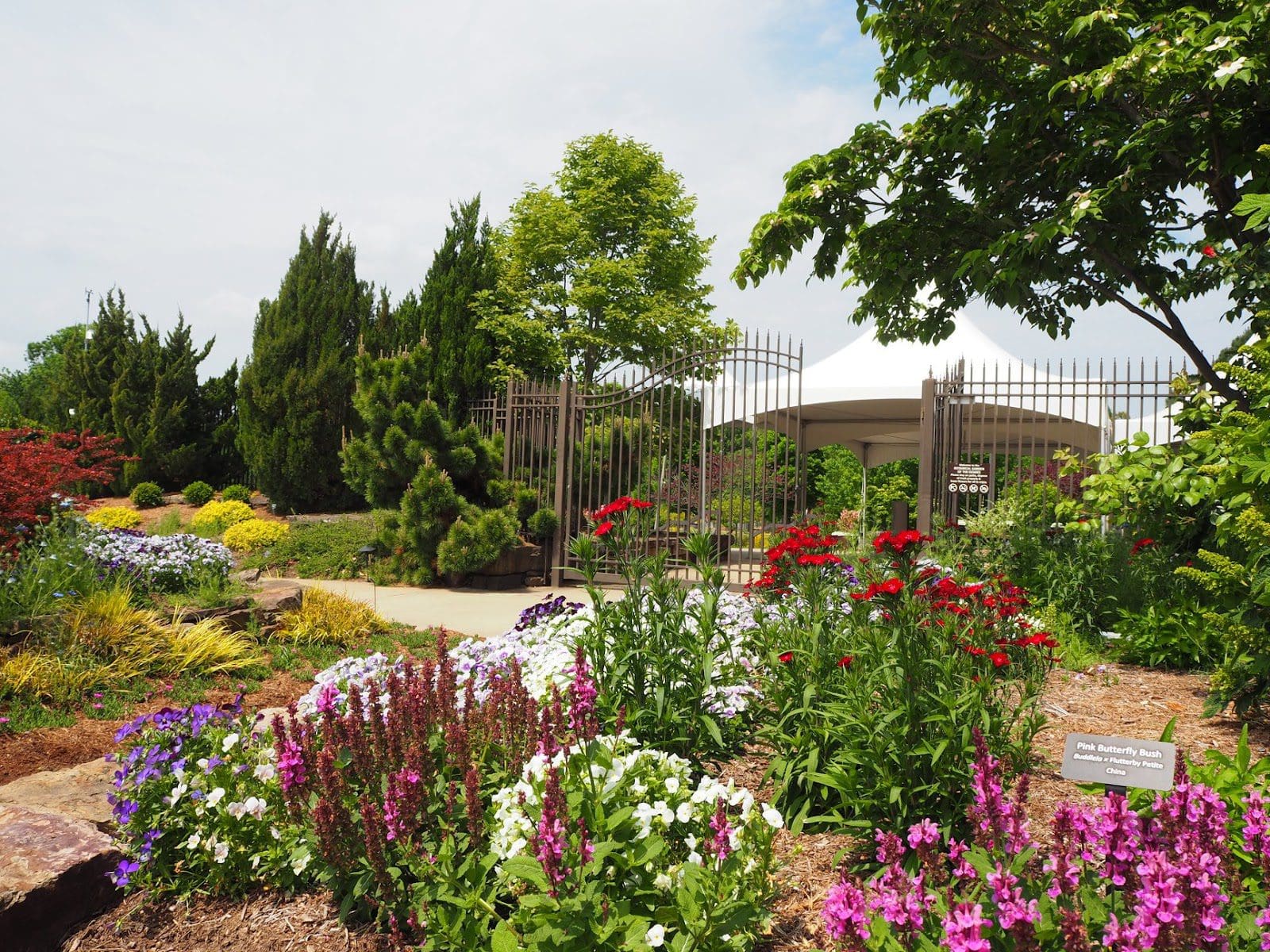
Reading Railroad

Rotary Peace Arbor
Chip Hammons, who designed the Rose & Perennial Garden, designed the original concept of the arbor with structural modifications by Zed Johnson with AFHJ Architects and Planners. The Arbor was built by Randy Ryan of Woodcraft Unlimited. Suzannah Garrison contributed funds for the stone floor and planting beds in honor of the late Elizabeth Esch, former BGO Event Coordinator.

Streamside Trail
The name of the stream is Hylton Creek, which flows into Lake Fayetteville, and is part of the Illinois River Watershed. The “riparian zone” in the Garden is located in the area below the Streamside Trail and right above the water of Hylton Creek. This zone provides food and shelter for aquatic organisms and serves as a home to animals that move between the land and water, like insects and amphibians. The riparian zone also reduces erosion, filters pollutants, and regulates the flow of water from land to waterways.
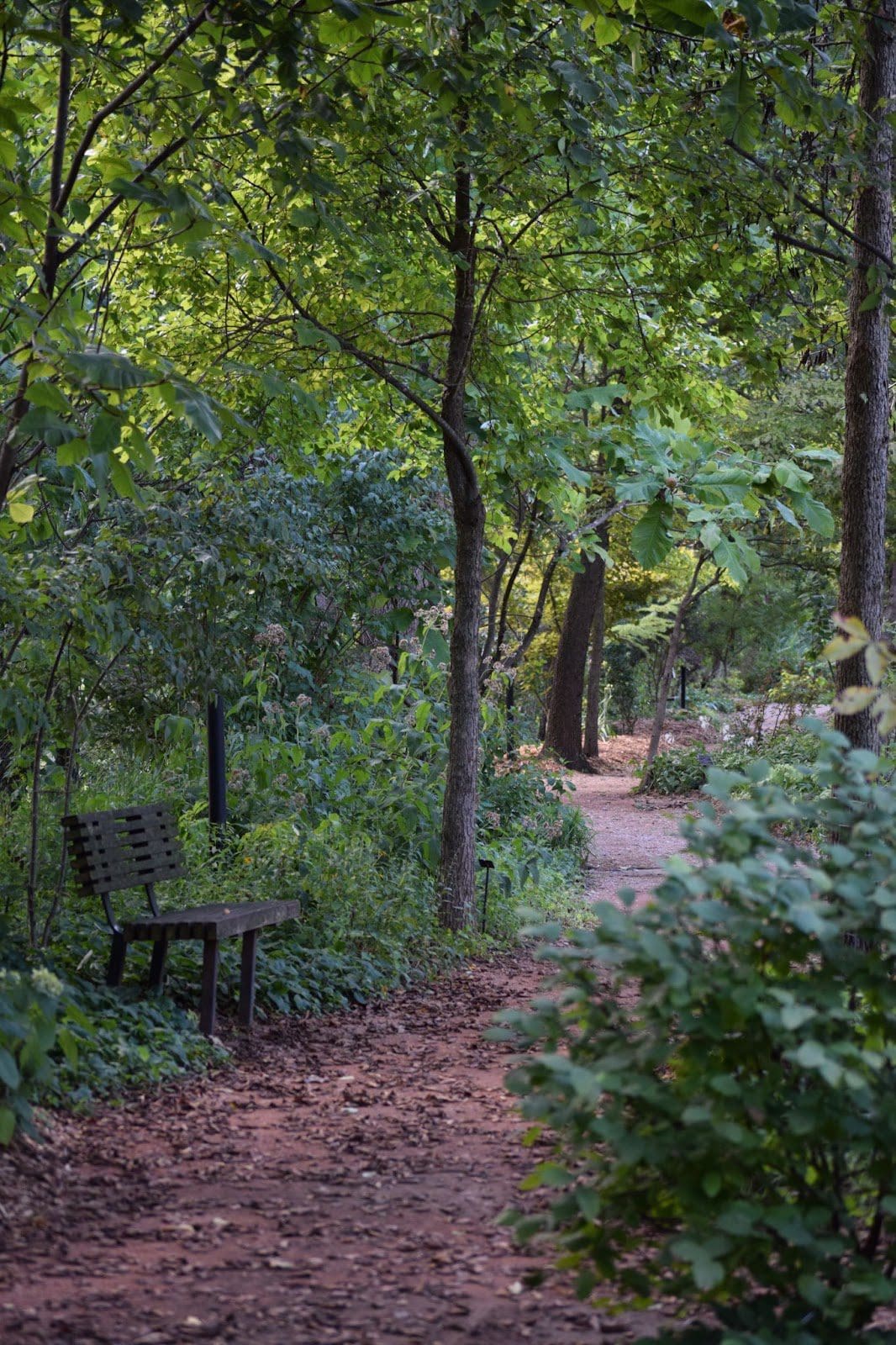
Telephone of the Wind
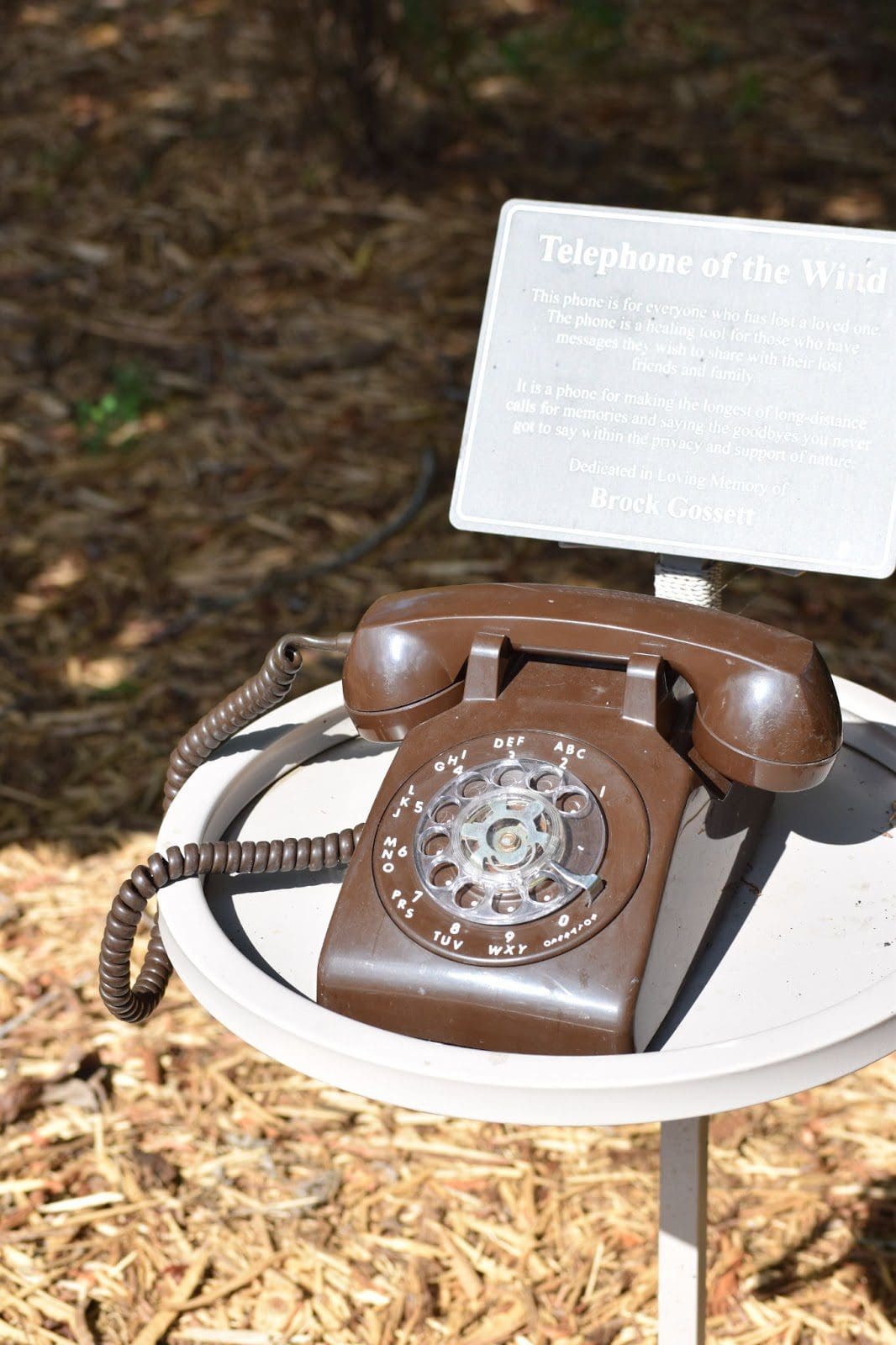
The Tyson Terrace
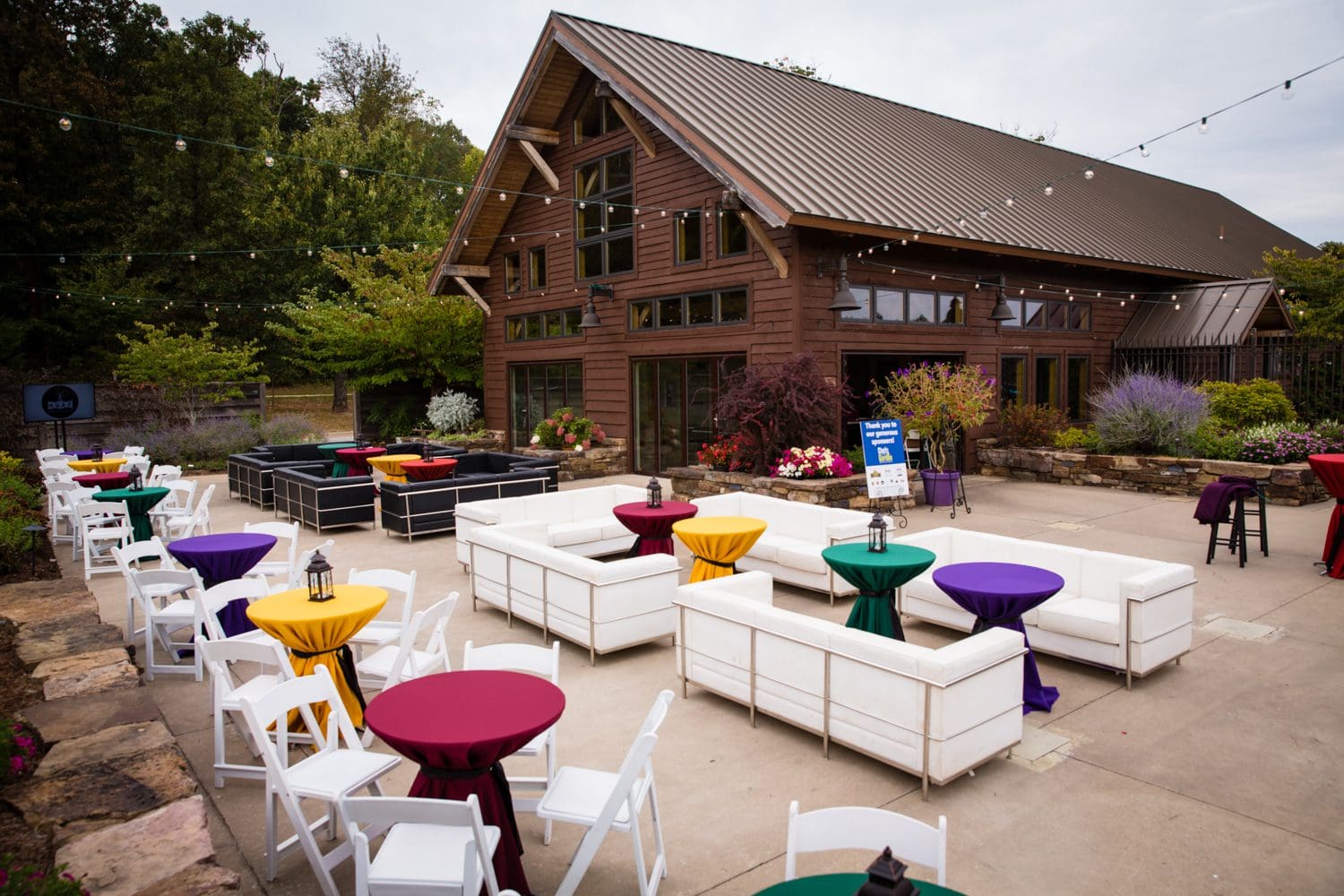
Weather Station

Wheeler Pinetum & Dwarf Conifer Collection
The Dwarf Conifer Collection is housed within the Wheeler Pinetum. It was designed by Dr. John Colland and donated by Partners of the Americas, a non-profit organization linking the United States with people of Latin America. This gift honors Laurin Wheeler for his work with this organization. He spent years in Chile mapping the forest resources of that country.
